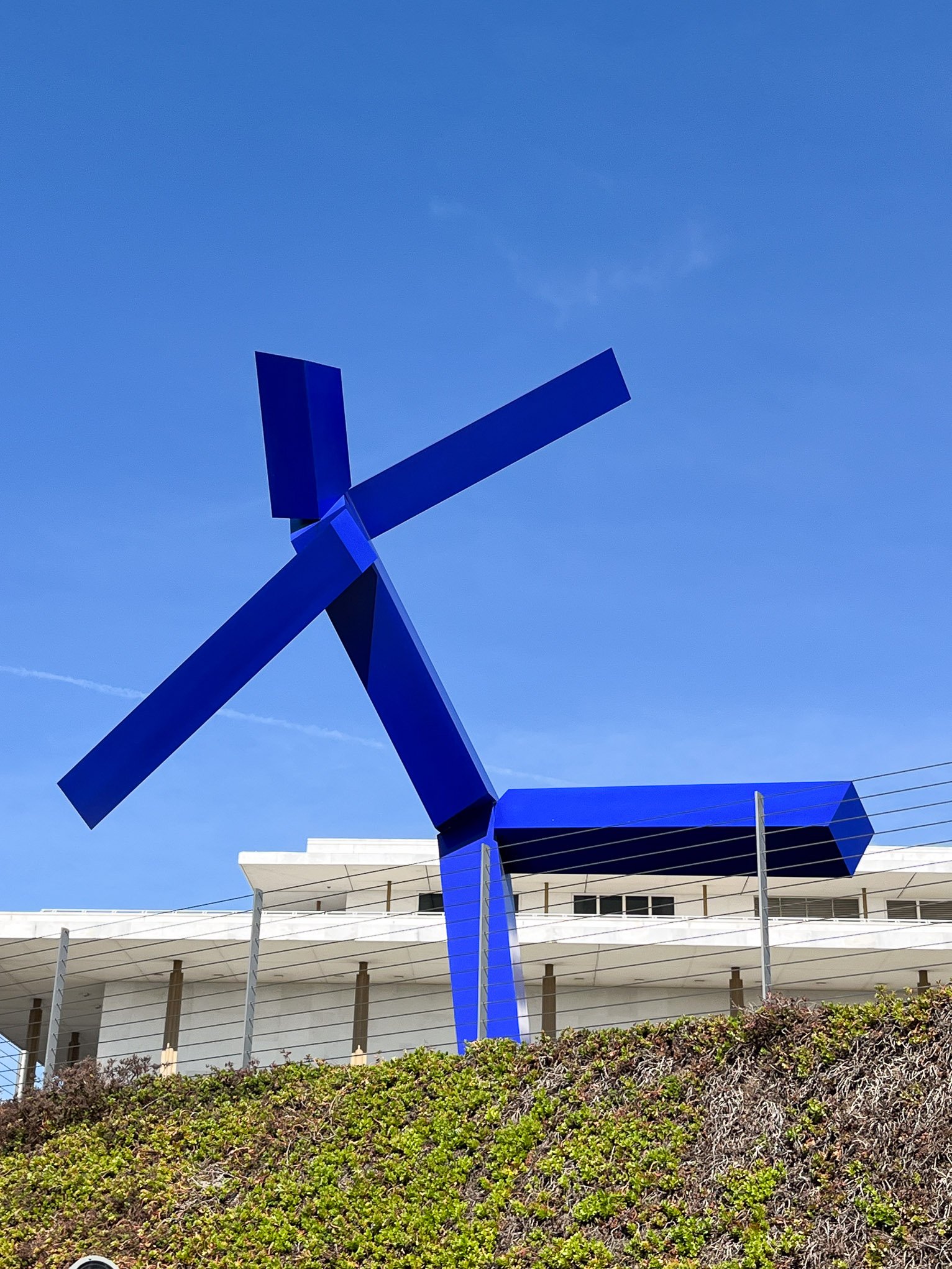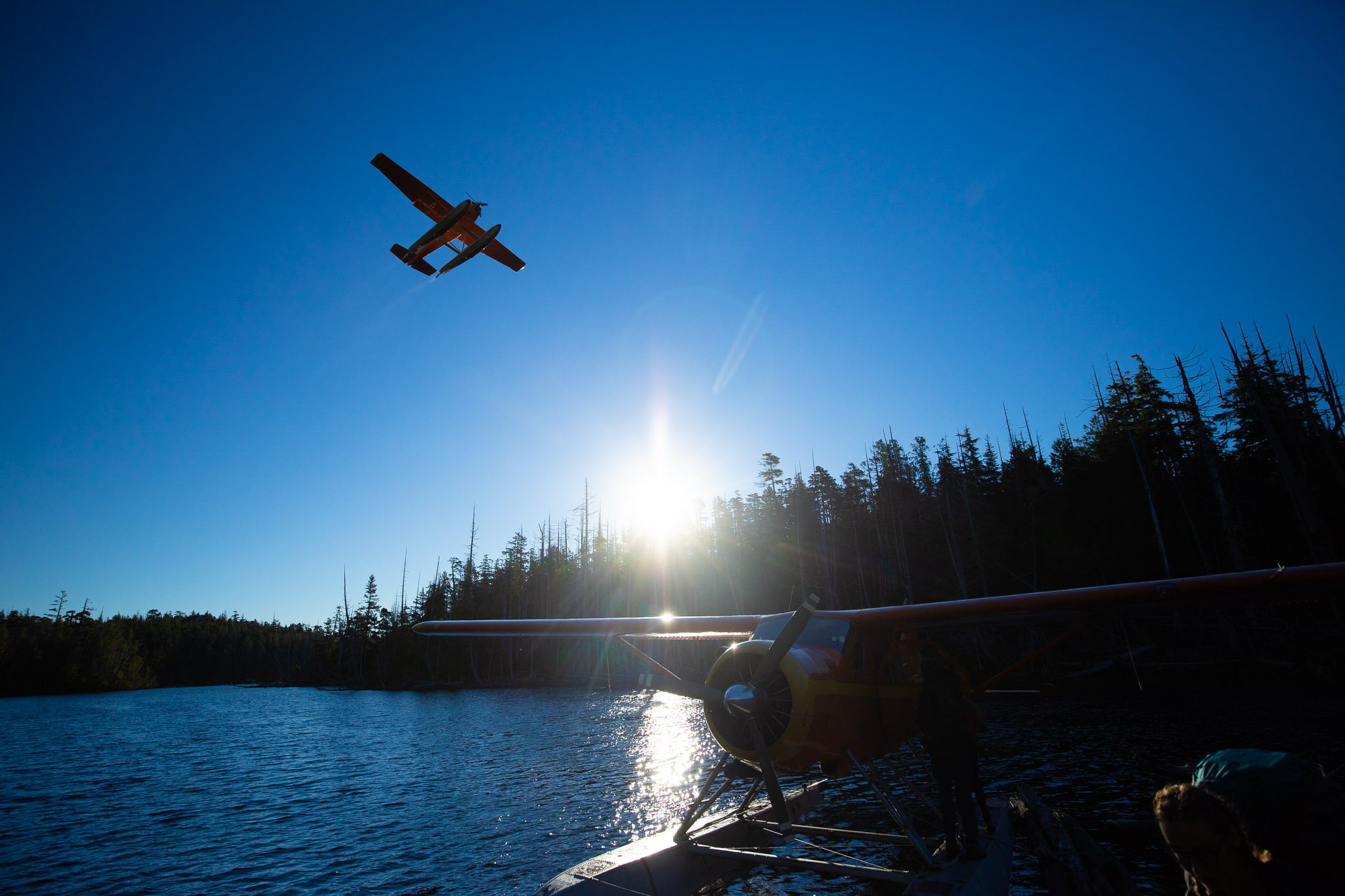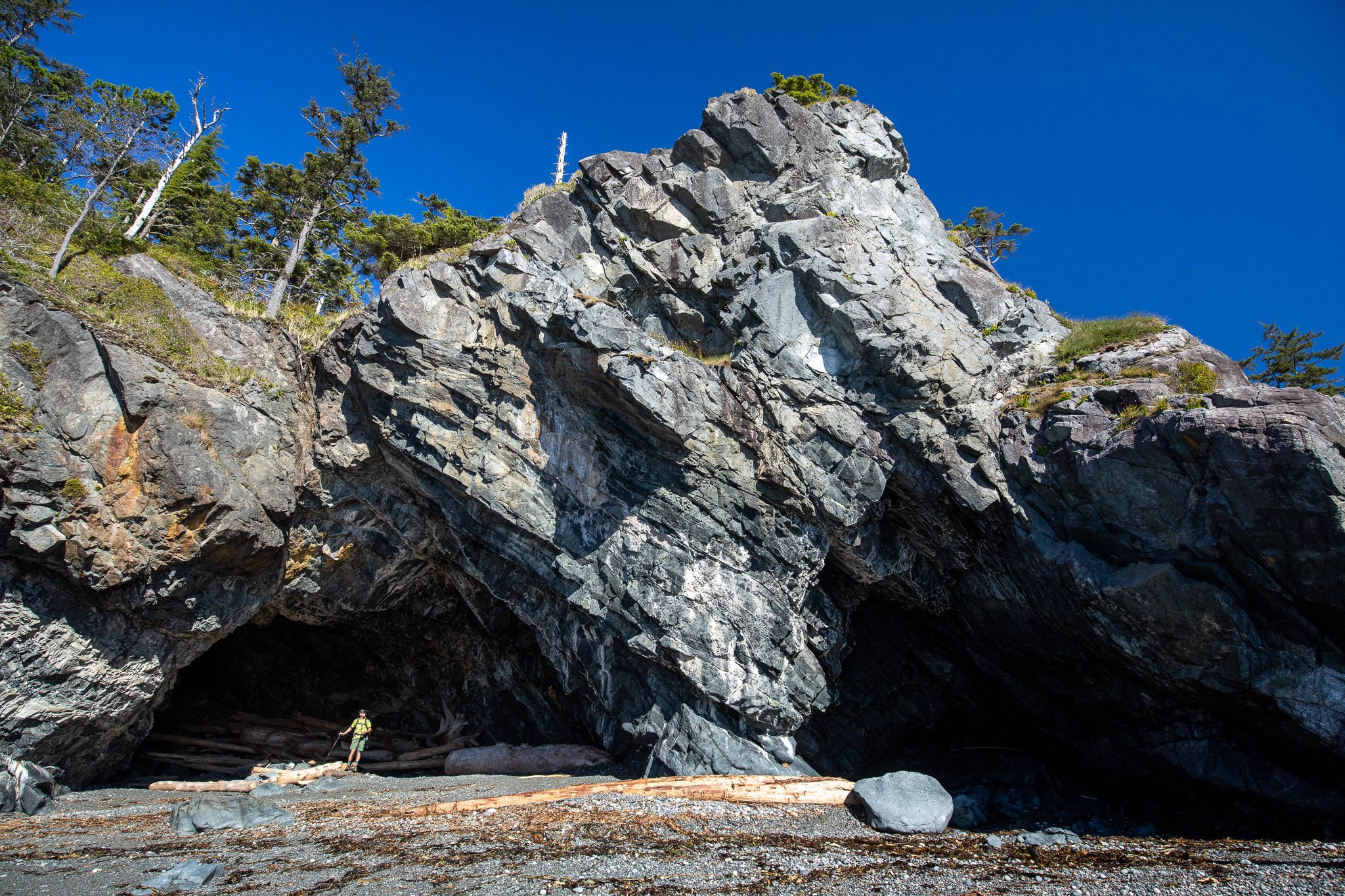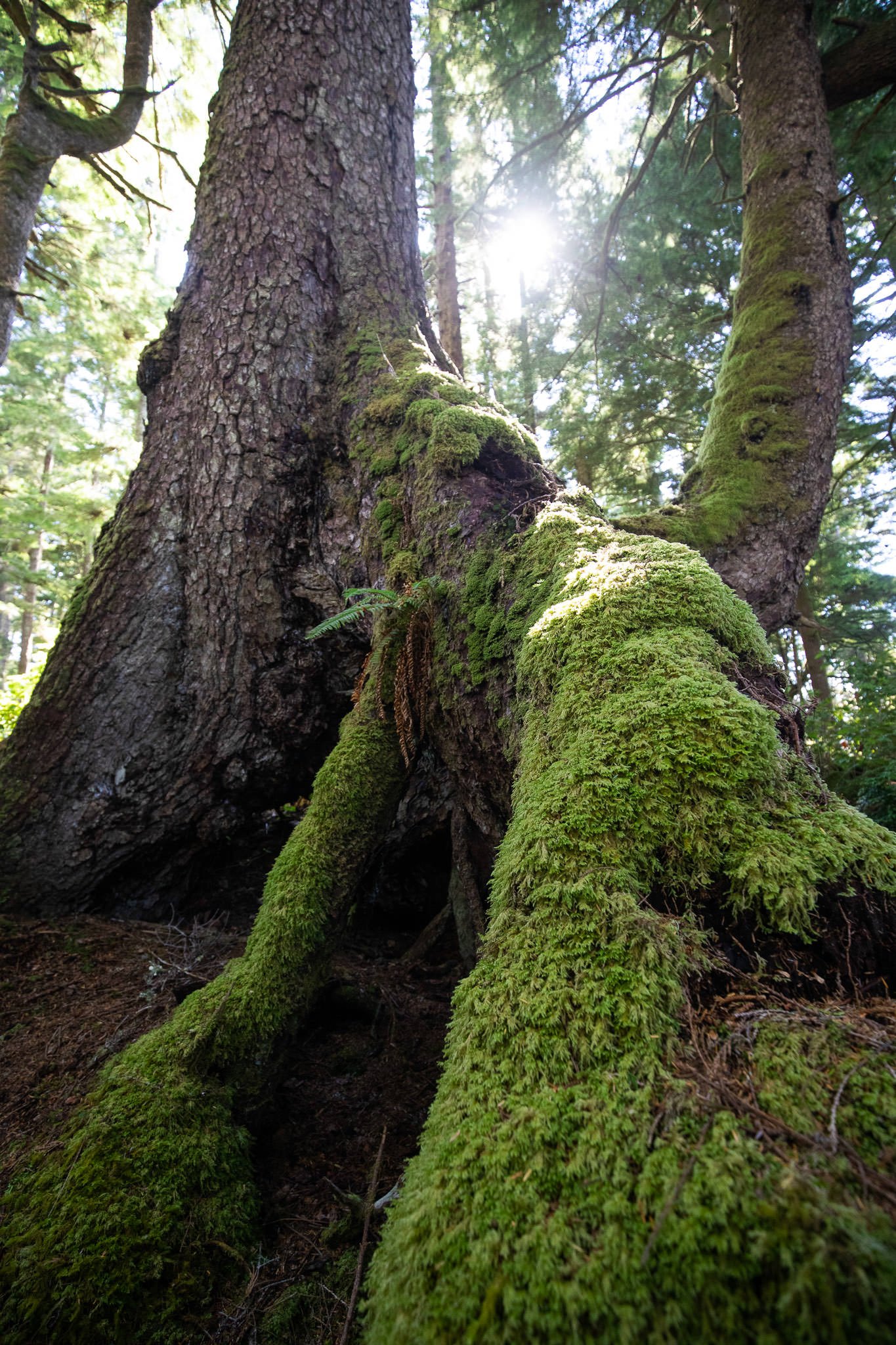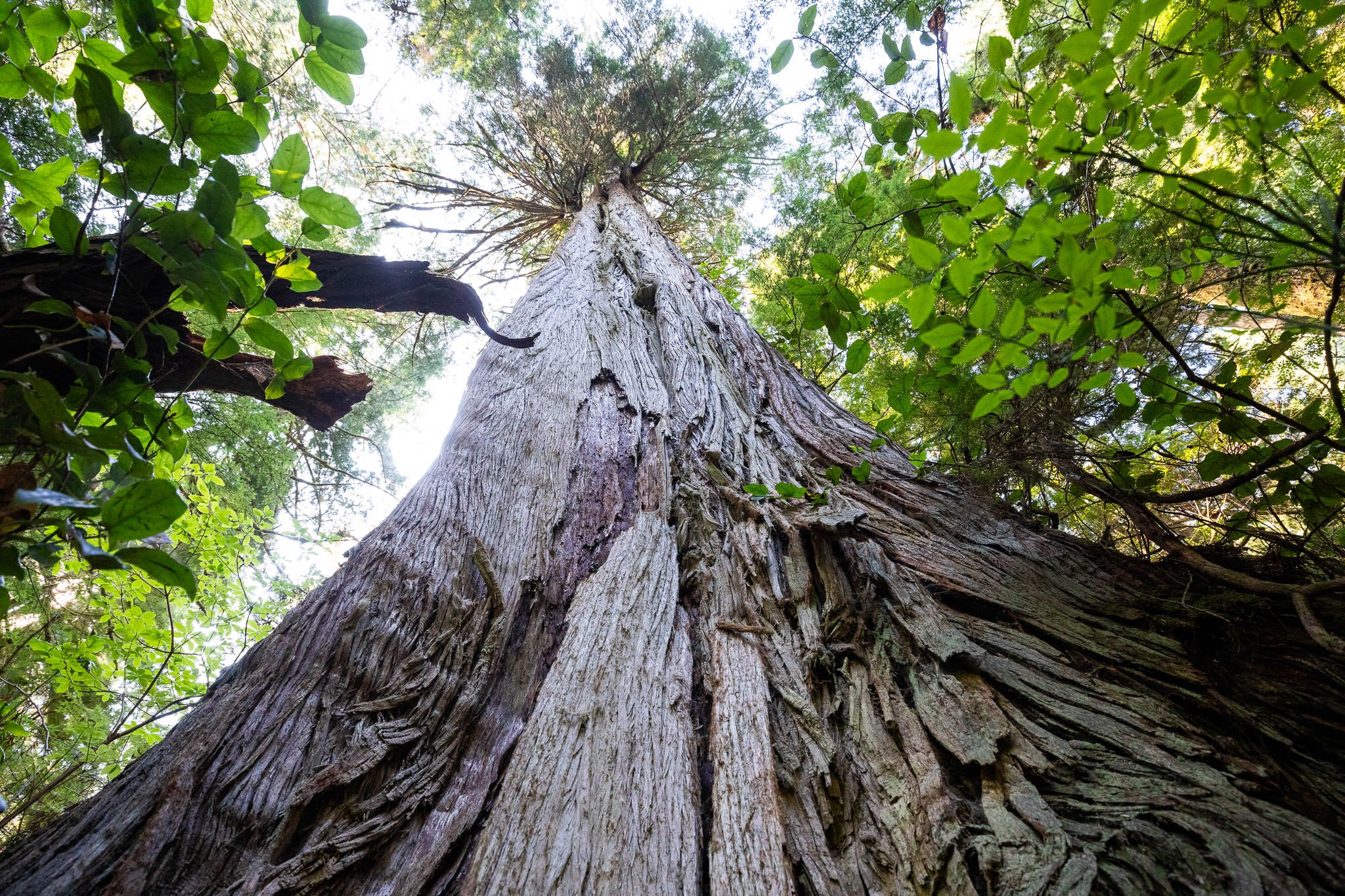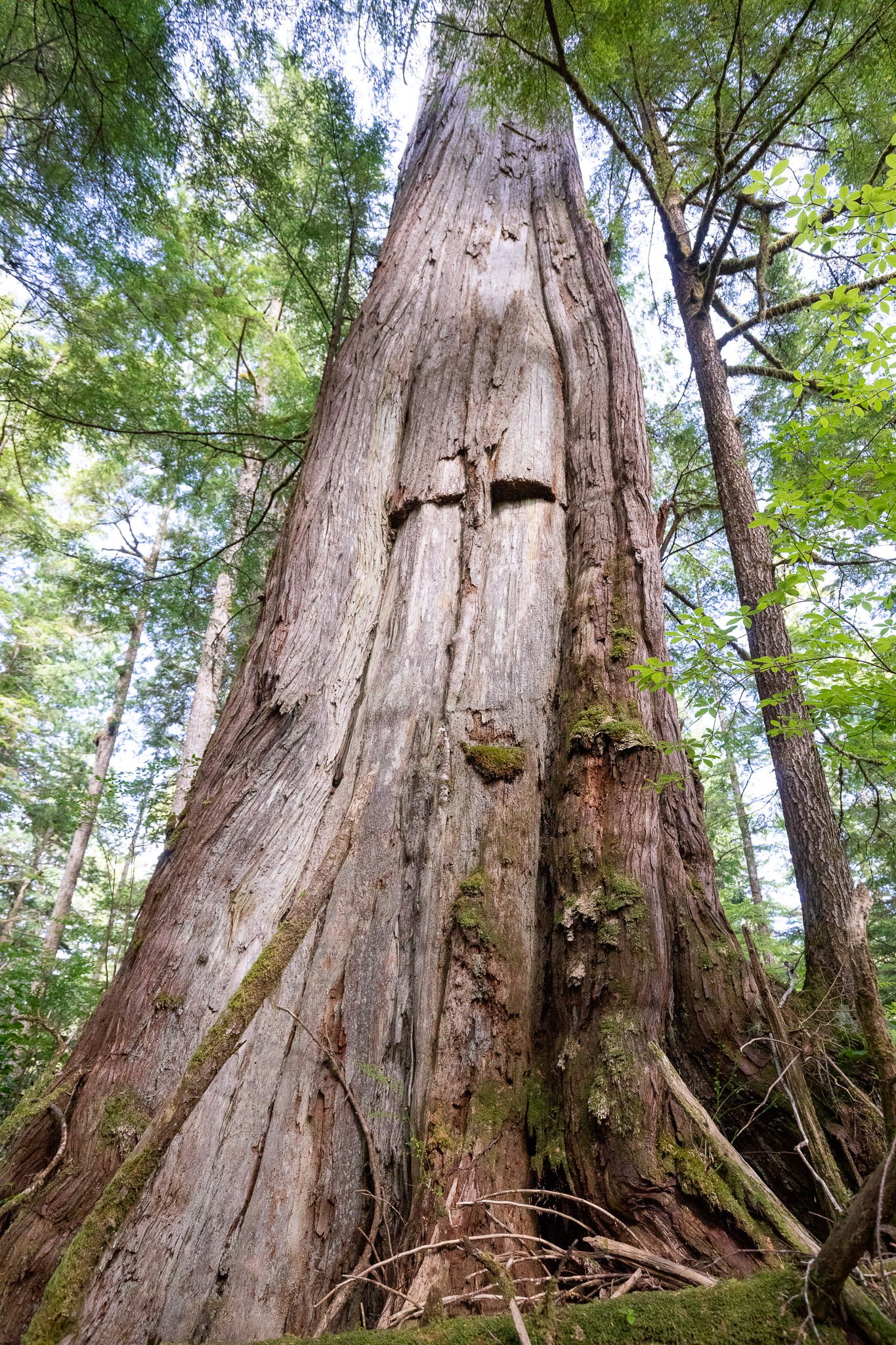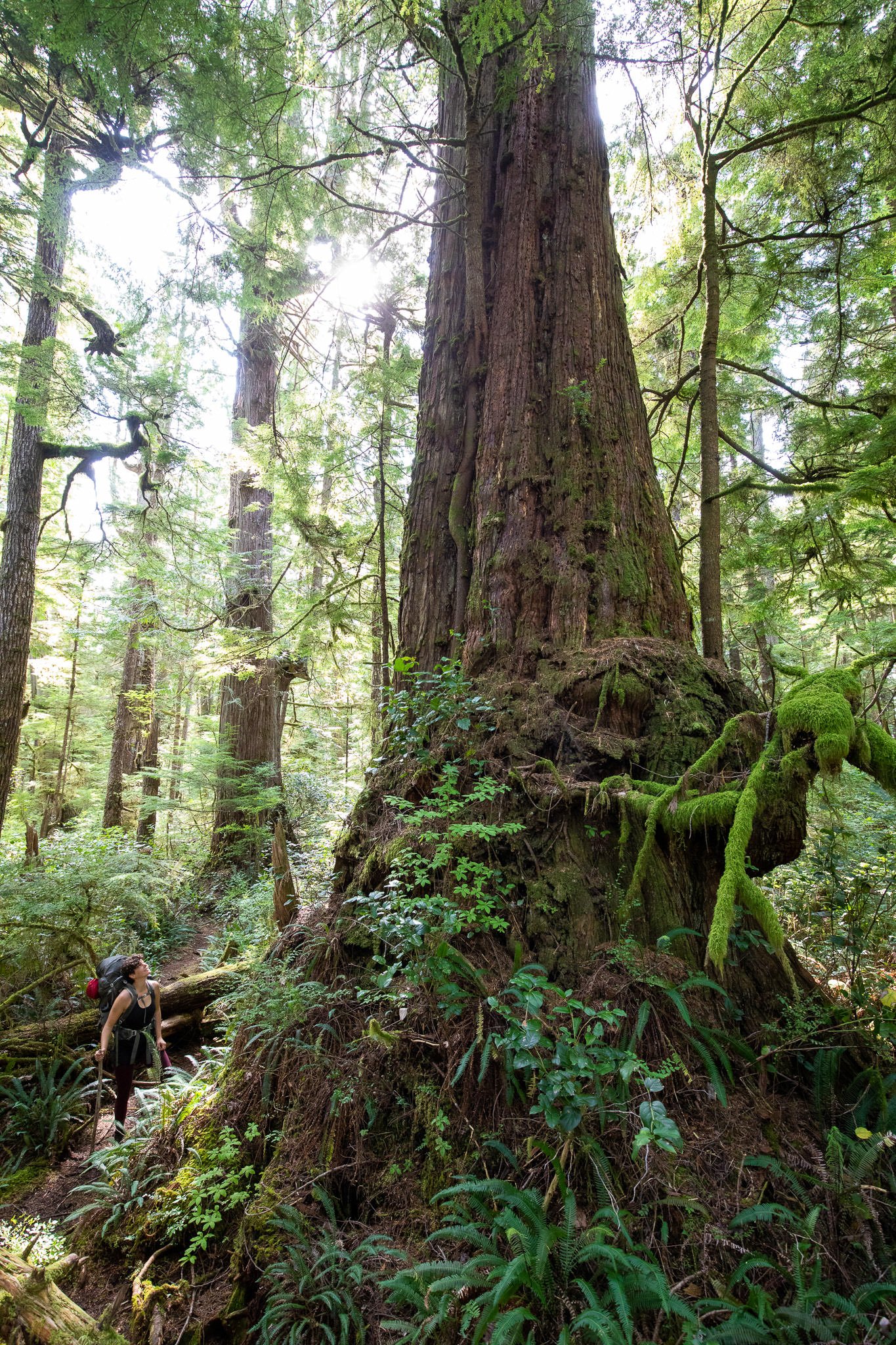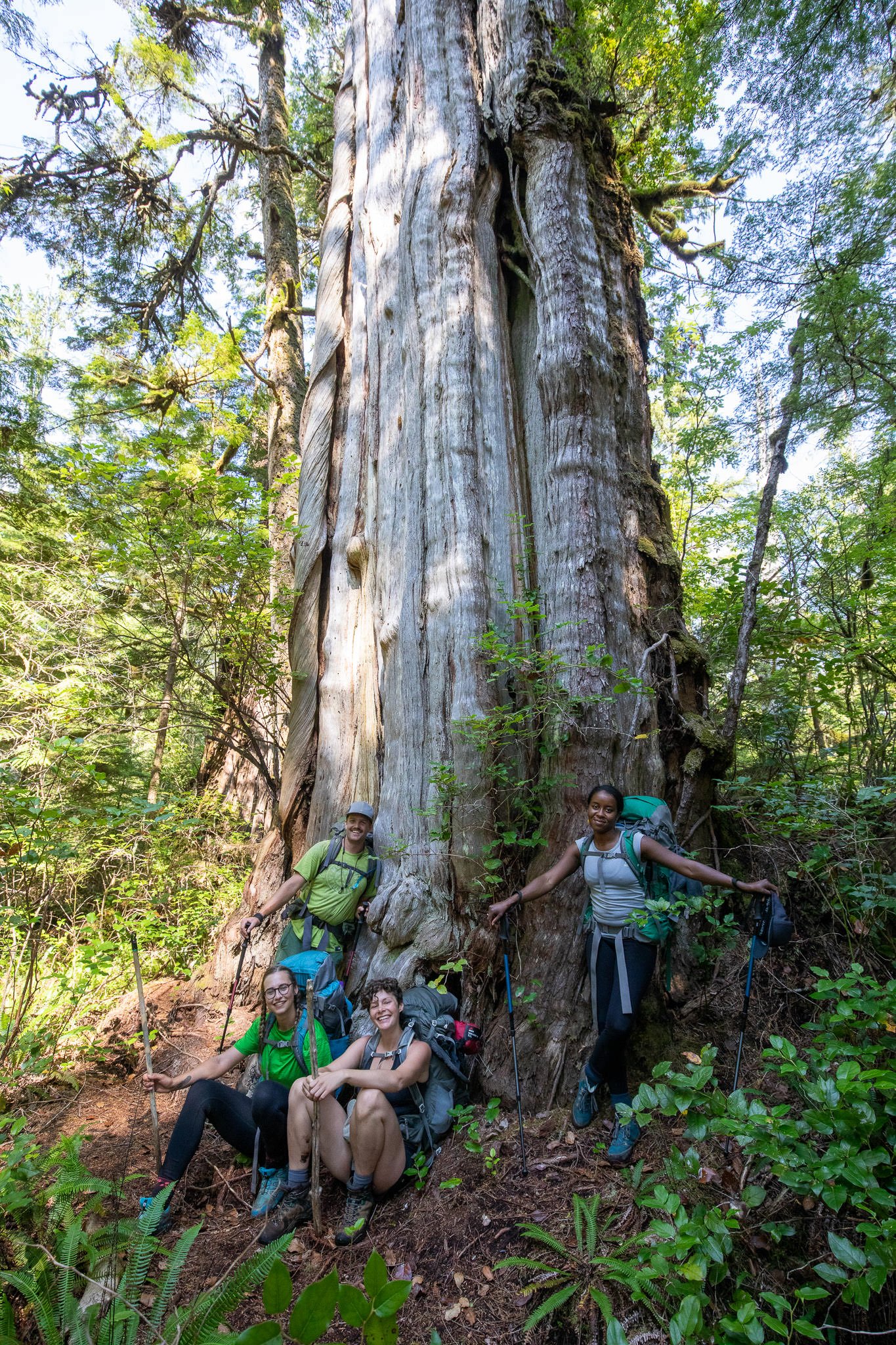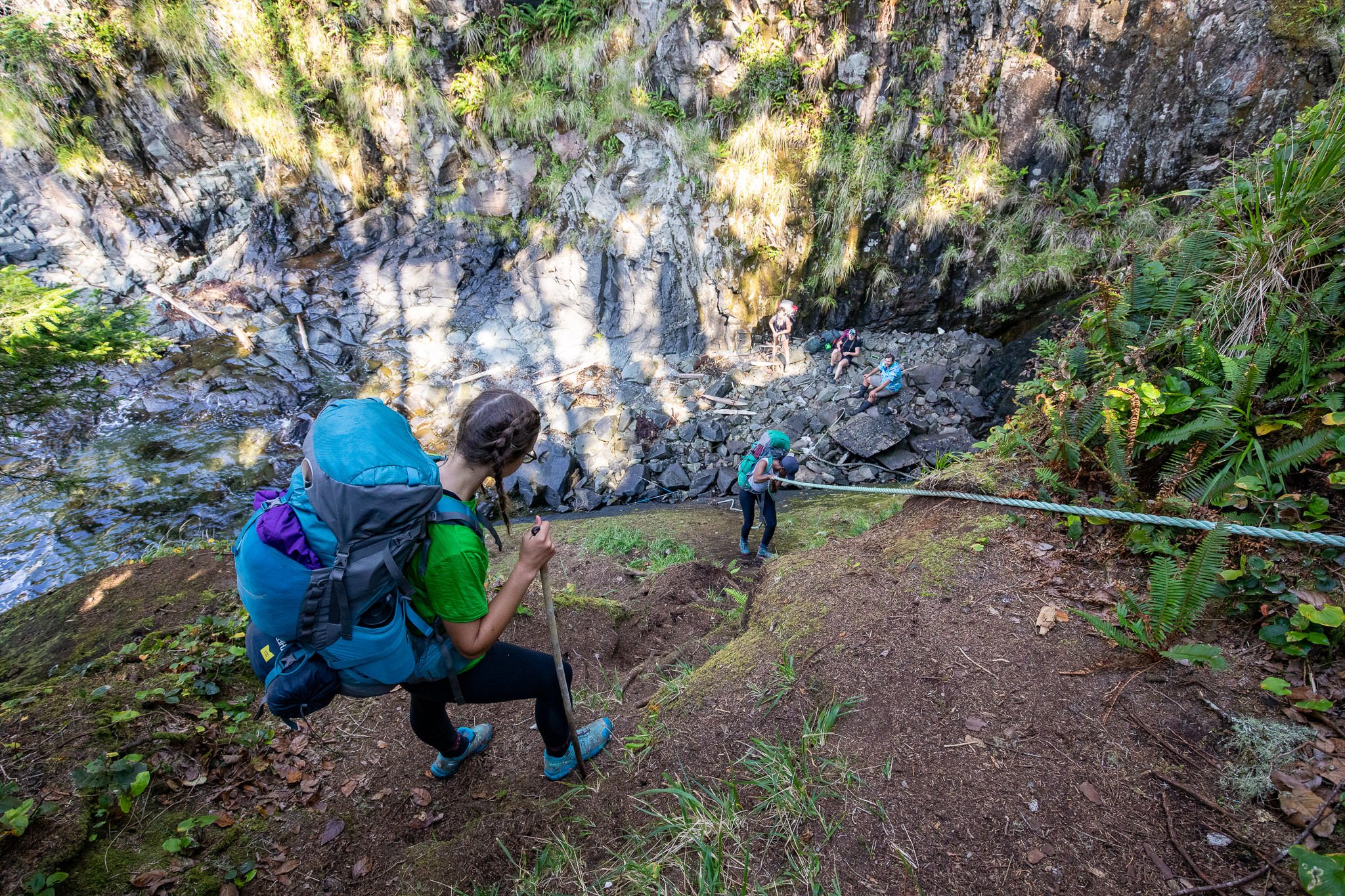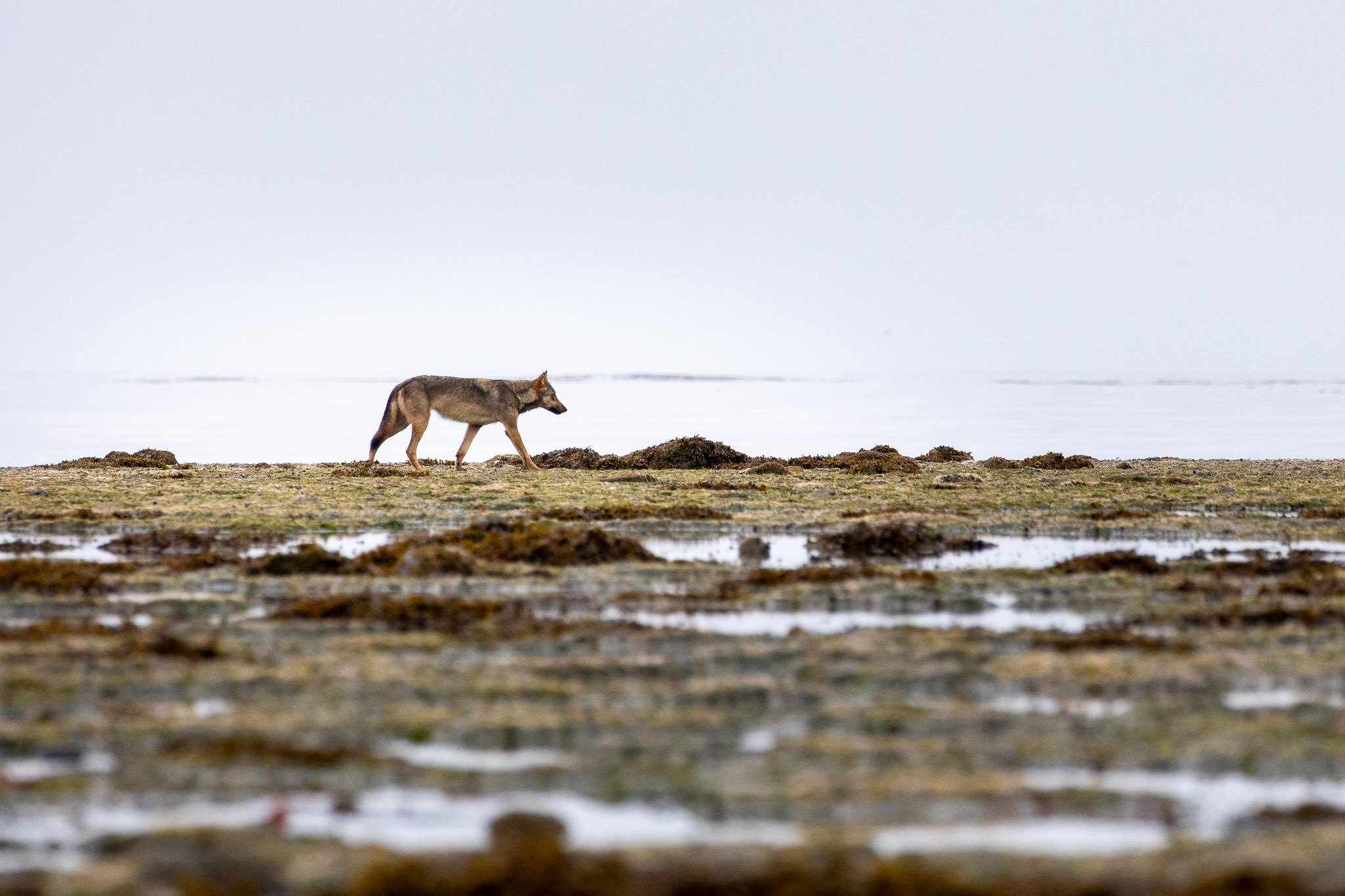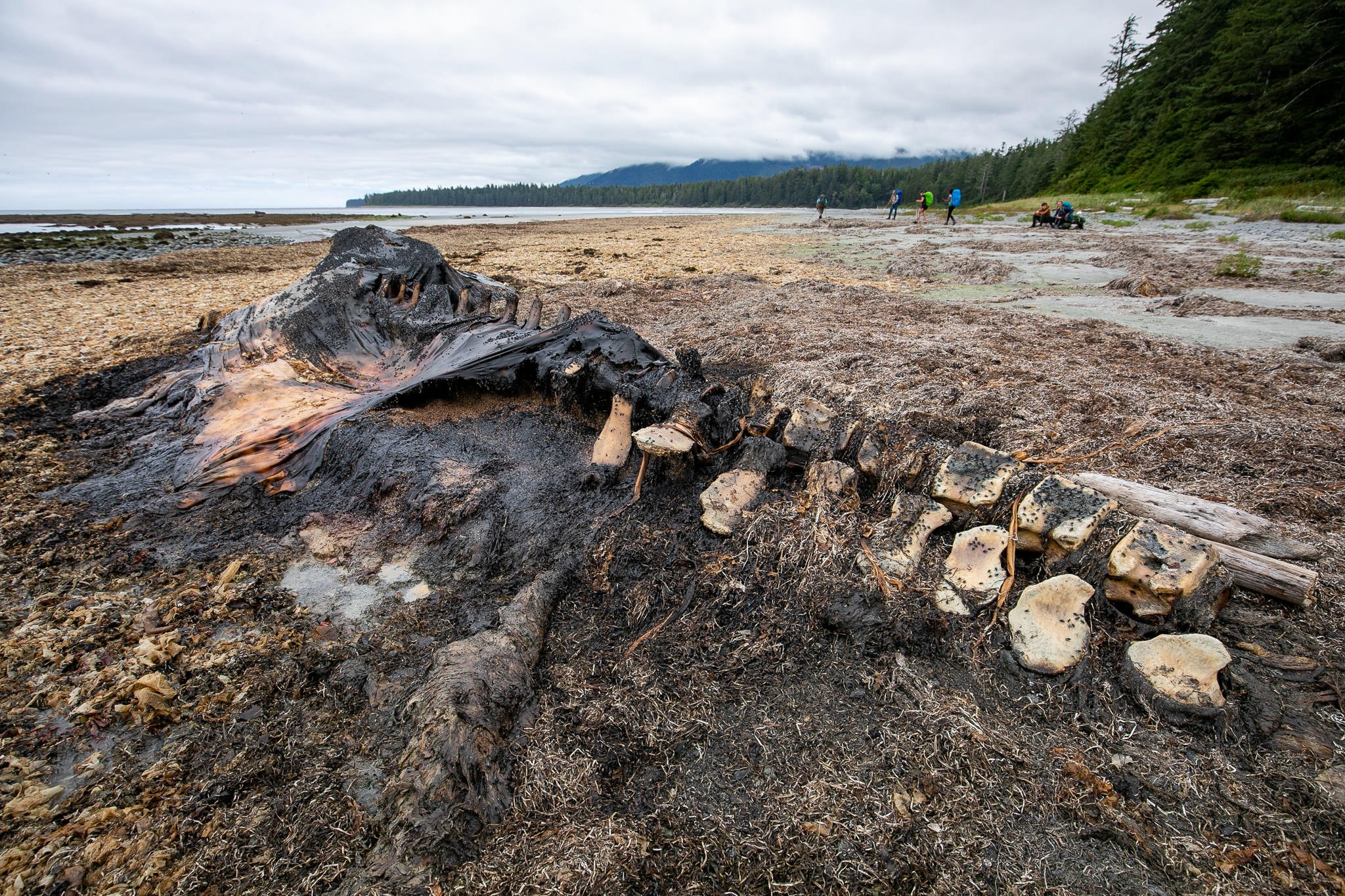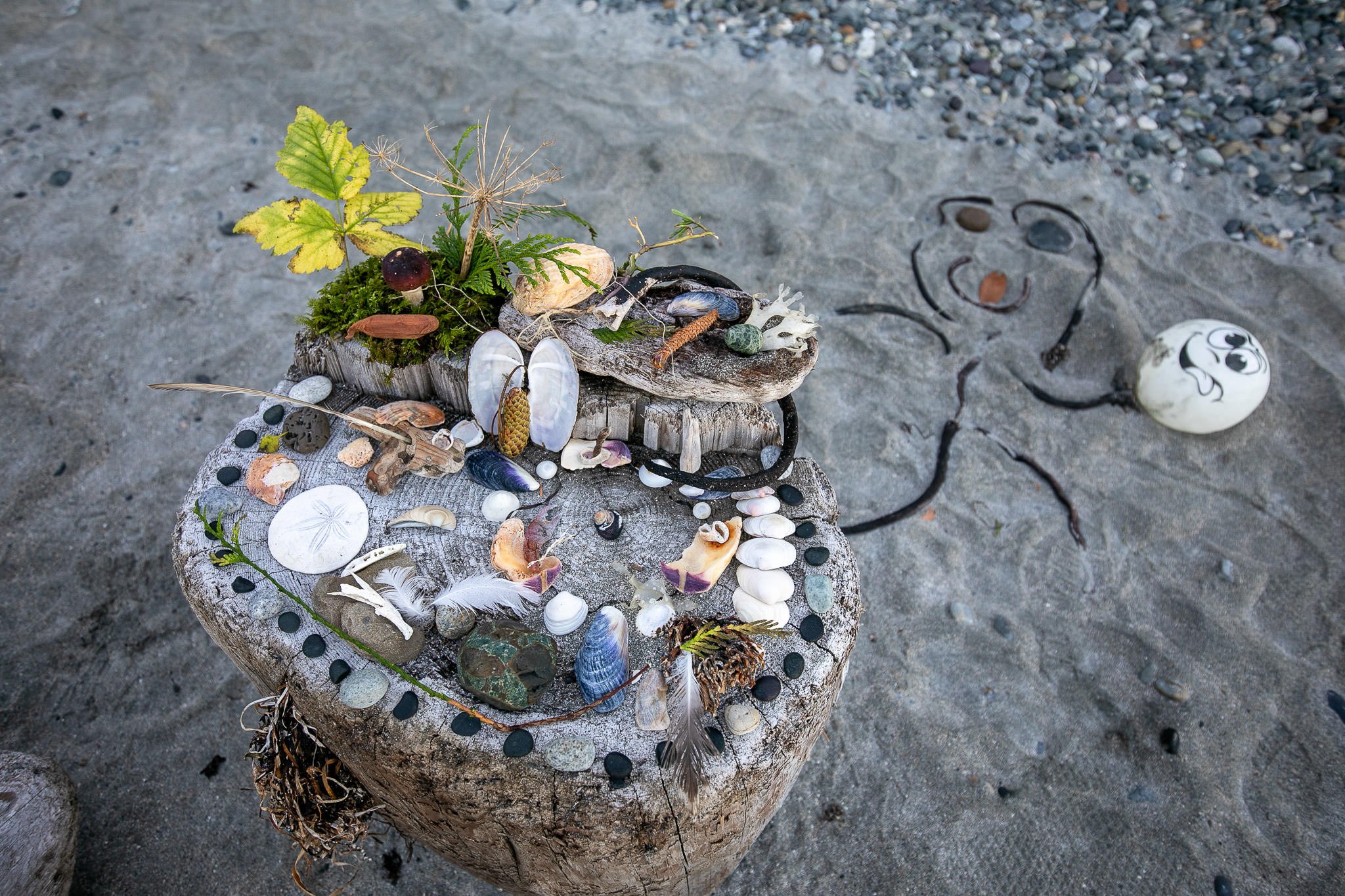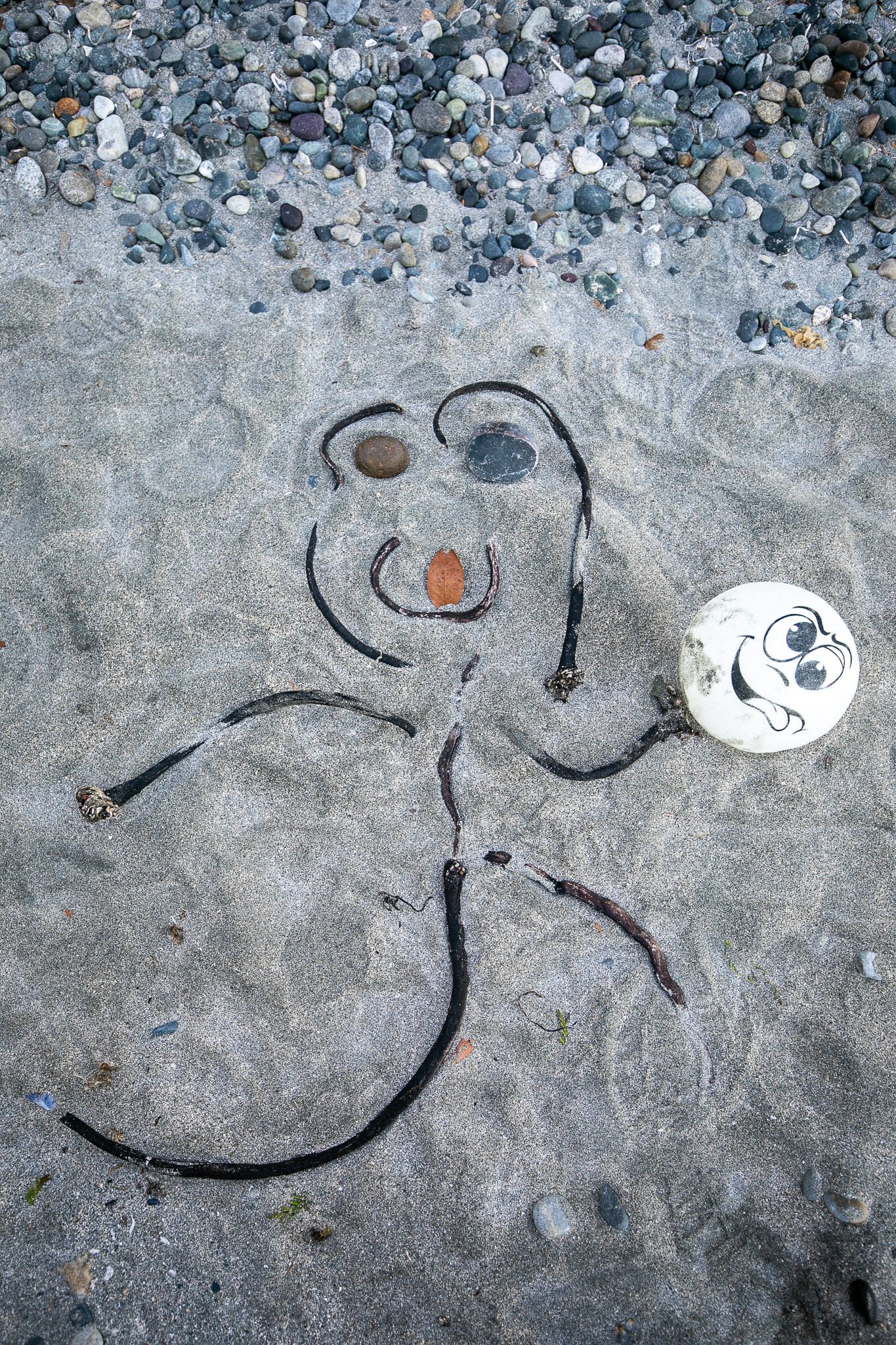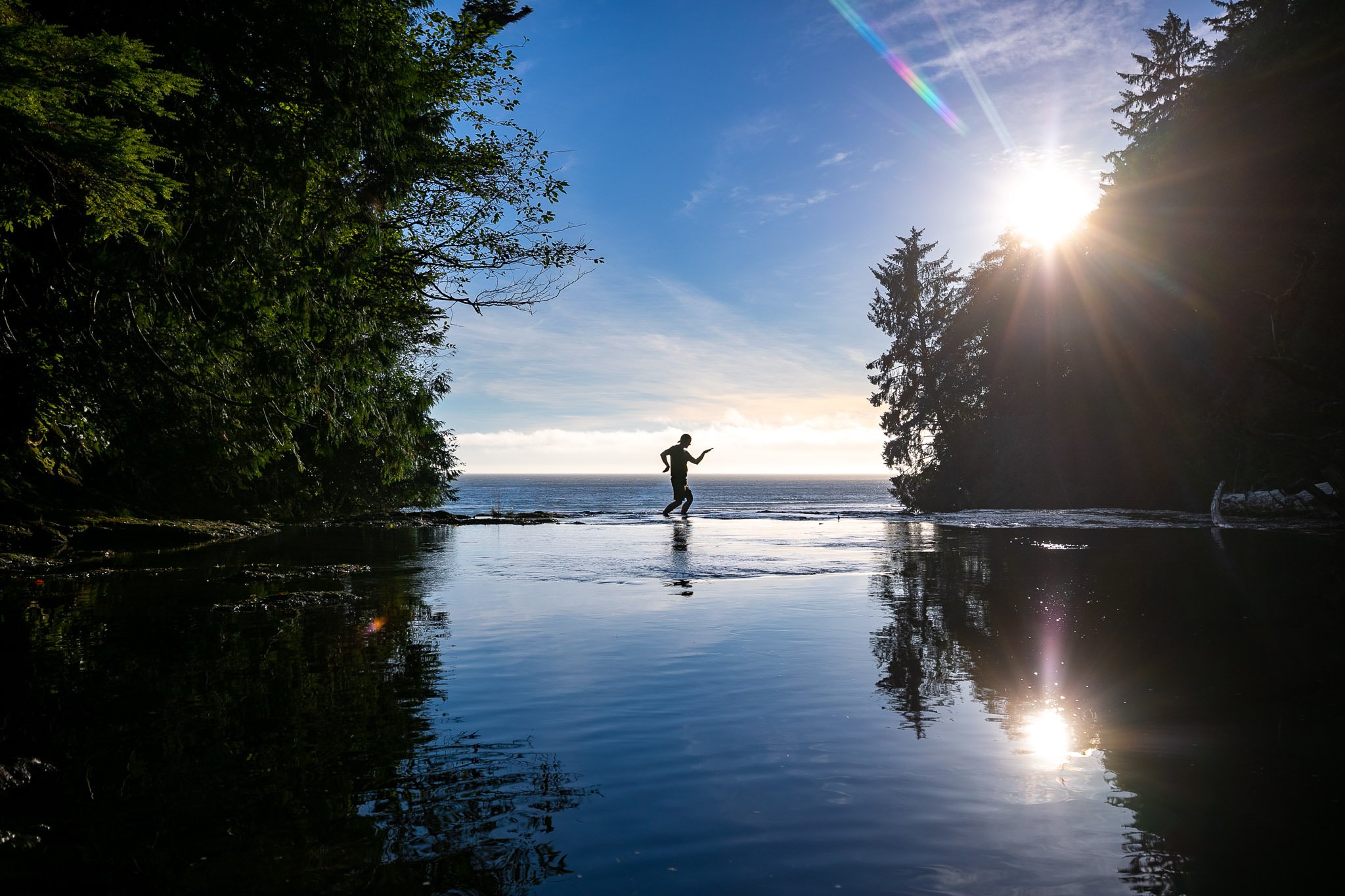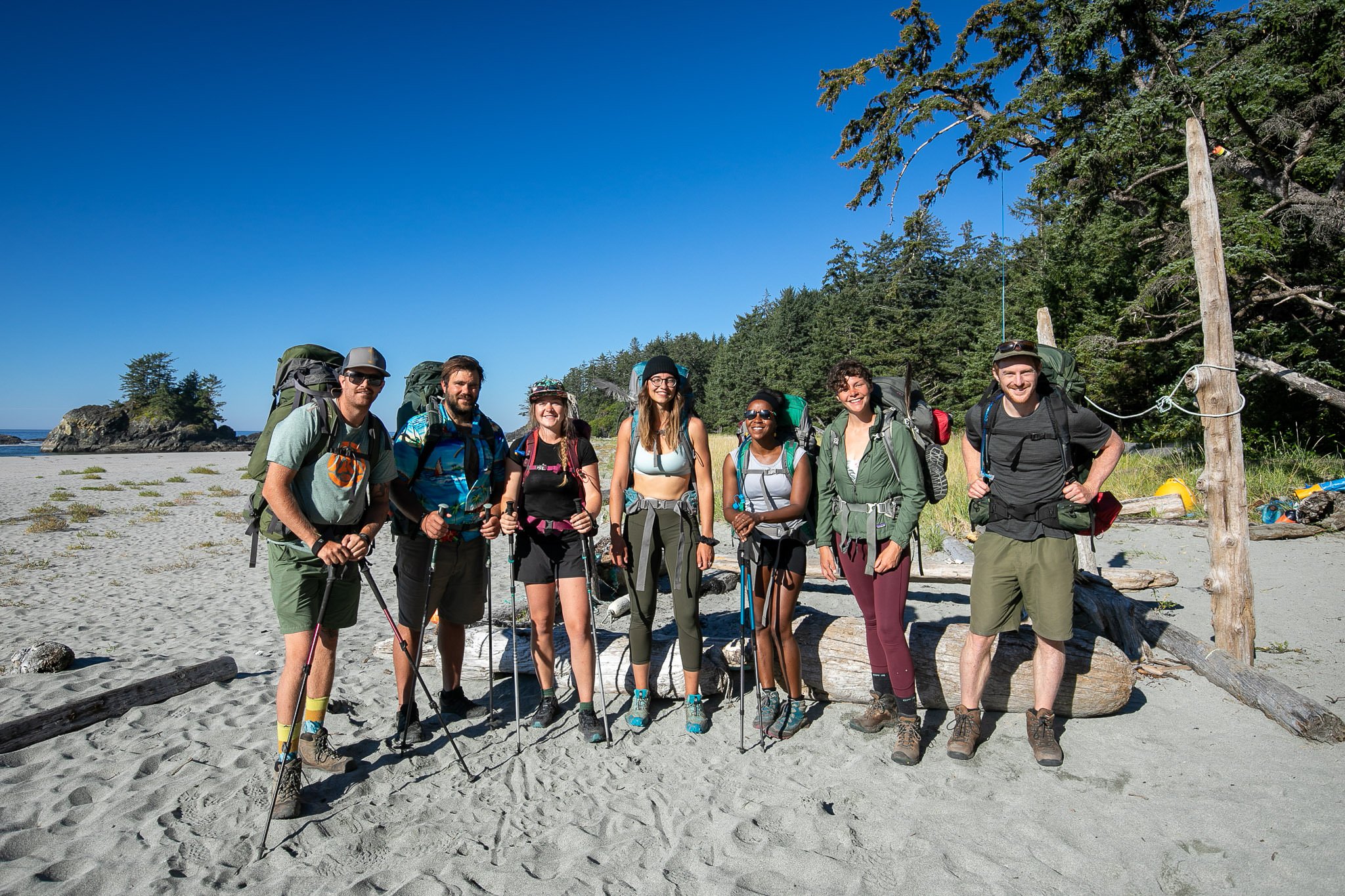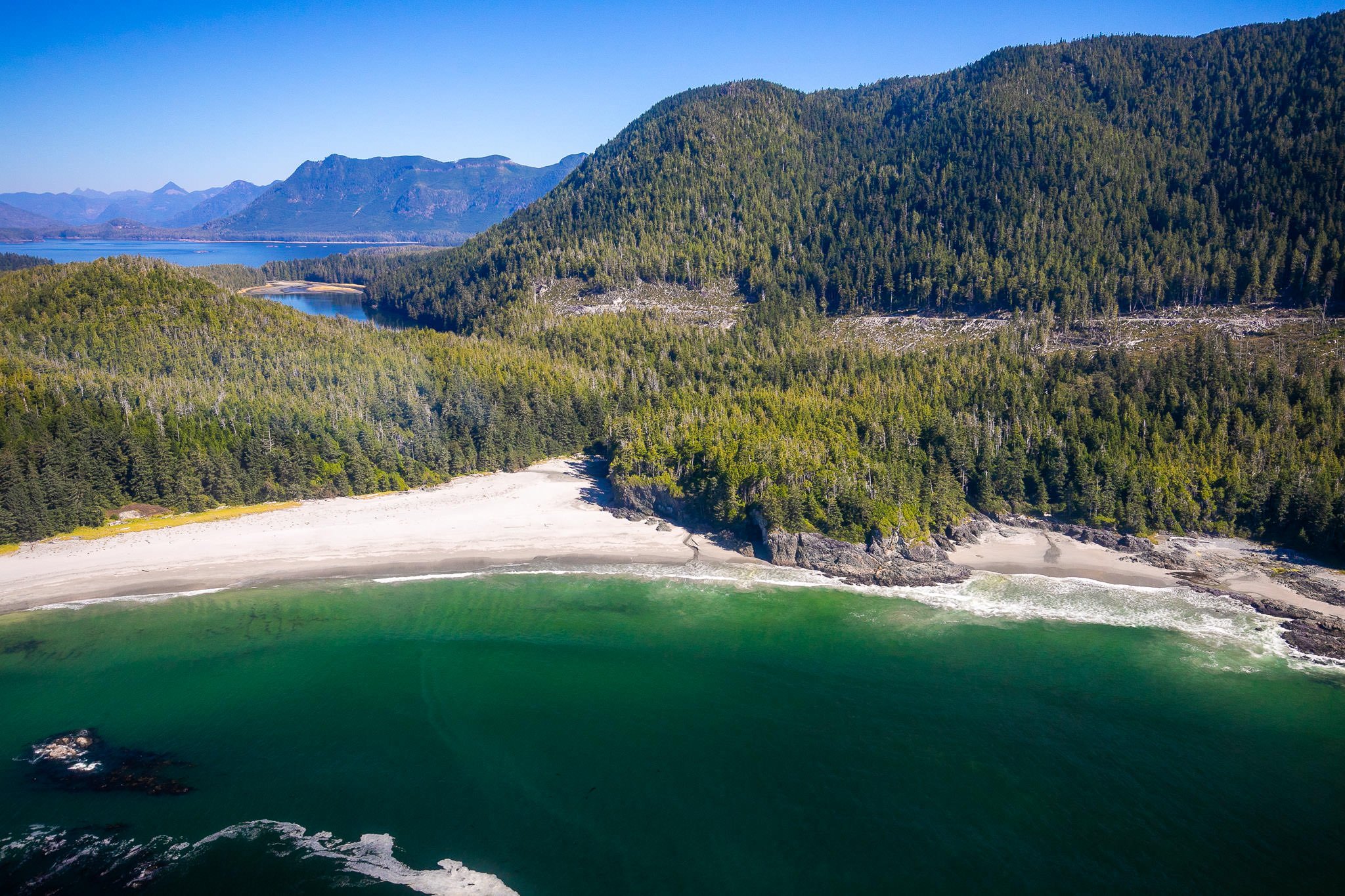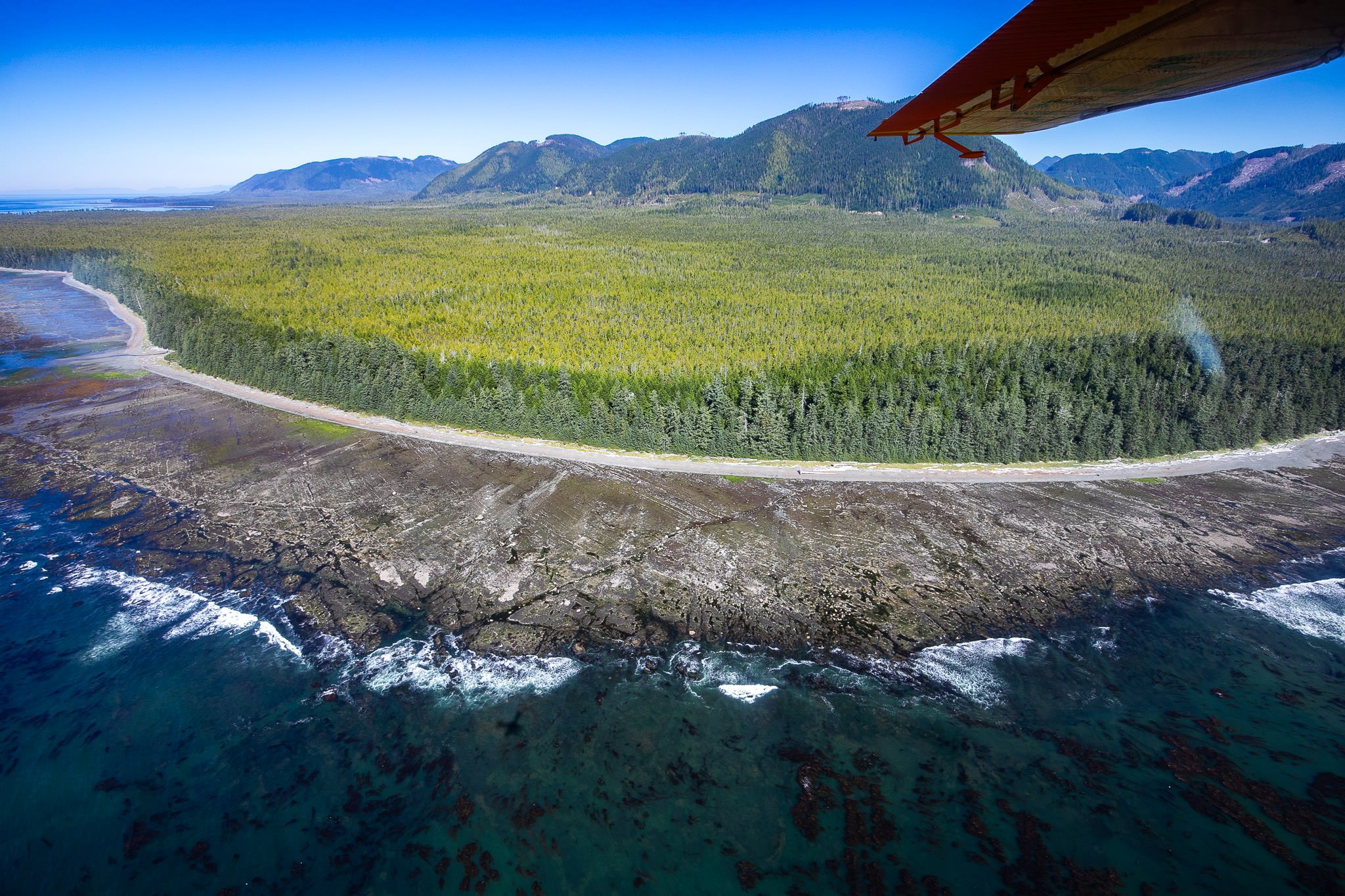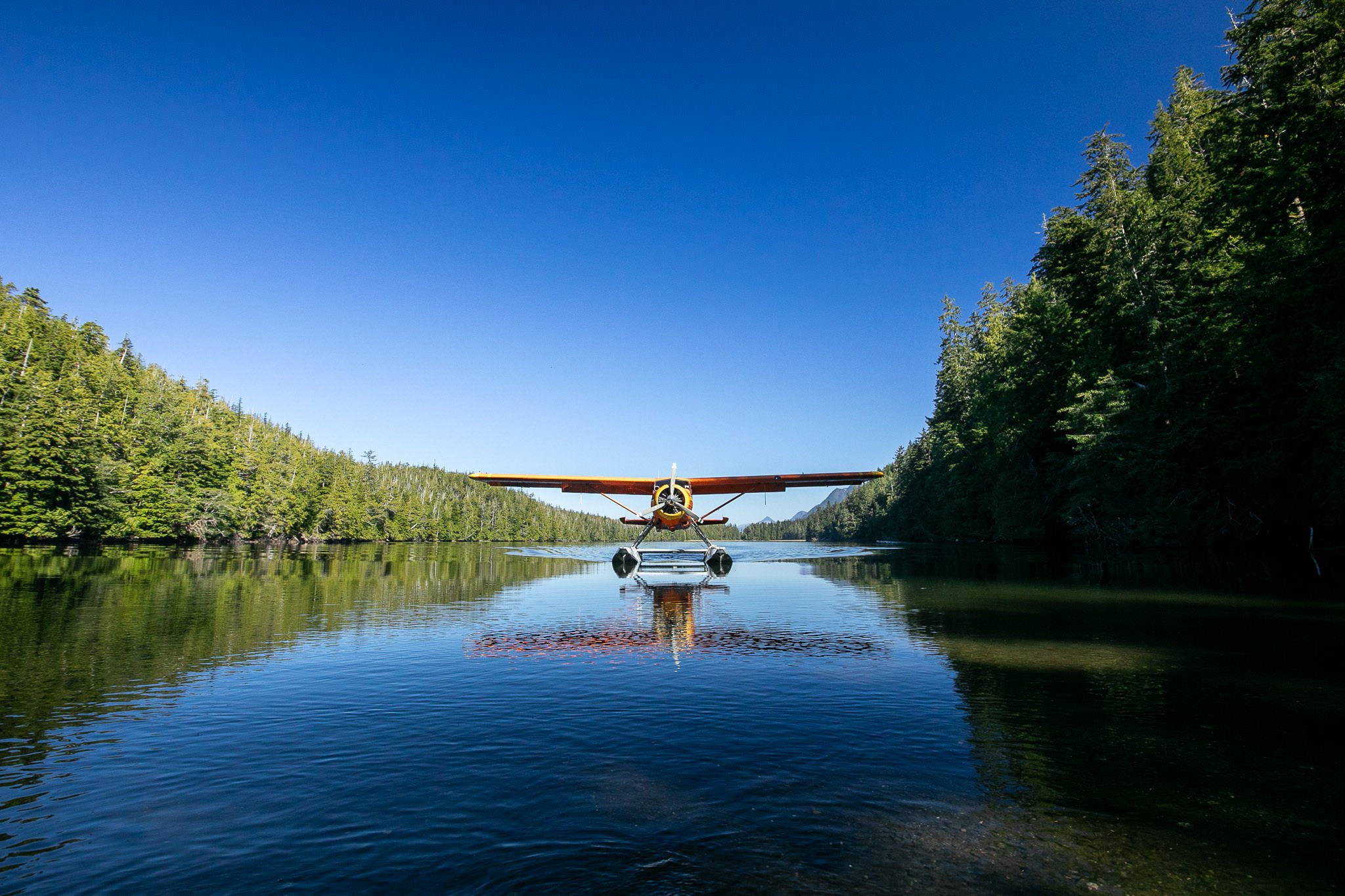Hidden among the rainforests of BC you can find wonders of ephemeral beauty and minute delicacy, and few of these are stranger or lovelier than the phenomenon of hair ice.
Also known as “frost beard” or “ice wool”, hair ice appears only on dead deciduous wood when the temperatures are hovering just below zero degrees and when the air is humid. At first, it looks like a silvery moss or fungus, but a closer inspection shows instead a mass of fine icy filaments. These are incredibly slender, about .02 mm in diameter. Densely packed, they form a pearly cloud of ice. The slightest touch of a warm finger or even a breath will dissolve this fragile sculpture like cotton candy on the tongue.
But where does it come from? This magical winter phenomenon, like so much that is strange and mystical in forest ecology, is associated with a particular species of fungus: a jelly fungus called Exidiopsis effusa.
Under ideal weather conditions, a process called “ice segregation” occurs. This is when water freezes on the outside of dead wood, sandwiching a thin film of water between this ice and the wood pores. At this “ice front”, water is then drawn up through the wood pores towards the ice surface, where it freezes and adds to the existing ice. Lignin and tannin from the fungus are found in the ice and are thought to work as a sort of anti-freeze, inhibiting the delicate ice from recrystallizing into coarser structures and helping stabilize their unique shape for hours.
Because hair ice is associated with a specific fungus inside the wood, the same pieces may produce hair ice year after year. Around Vancouver Island, these are commonly the dead branches of alder trees. If you are lucky enough to find it, take careful note of the exact spot as you may be able to repeat the encounter, even several years later, when the conditions are once again just right!
Have you seen this rare phenomenon before?















